HTC One max vs Samsung Galaxy Note 3 vs LG G2: specs comparison
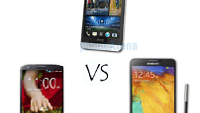
The HTC One Max is now a reality,and though product unveilings are usually a joyous occasion for thecompanies behind them and consumers both, it falls down on the latterto roll up their sleeves and start weighing the product's relativepros and cons. And though the general user experience is arguablyonly partially reliant on specs, they do remain an important readingthat we go through every time a new flagship device enters themarket.
Today, we're comparing three ofthe hottest flagships currently (and soon, in the case of the HTC OneMax) available. Unlike the software side of things, where the triofeatures a wildly different value propositions, down under in theworld of hardware, things are simpler and far less subjective. This,for example, means that we can easily call HTC on using a somewhatcheaper, slightly outdated chipset with the One Max – theSnapdragon 600 (Adreno 320), whereas the competition in the form ofthe Samsung Galaxy Note 3 and the LG G2 has already moved toSnapdragon 800 with Adreno 330 graphics. On the other hand, at5.9-inches, the HTC One Max has the largest screen real estate of thegroup, and this one should prove to live long enough to see more thana day of heavy usage, thanks to the large 3300mAh battery that HTChas snugged inside the One Max. While we're still at the topic ofdisplays, it's probably also worth mentioning that the threecontenders have all opted for a somewhat different display tech, each with itsrespective cons and pros – Super-LCD 3 for the One Max, SuperAMOLED for the Note 3 and an LG IPS LCD panel for the G2. In ourexperience, Super-LCD 3 panels are a tad superior to some IPS LCDs (S-LCD3 is also an IPS panel) and alsohave a hand over AMOLEDs (though that gap has been significantlyreduced with the Note 3).
Another rather more substantial winfor the HTC One Max is its dedicated fingerprint sensor, not a firstfor Android or the world of smartphones as a whole, but definitelythe first in a truly modern smartphone. Whether the said sensordelivers, however, remains to be seen (or tested).
With those in mind, and takinginto account the extensive specs break-down we've provided for youbelow, do you think the HTC One Max will manage to sway consumers offrival propositions?
|
|
|
|
| HTC One max | Samsung Galaxy Note3 | LG G2 |
Design
| Dimensions | ||
|---|---|---|
| 6.48 x 3.25 x 0.41 inches 164.5 x 82.5 x 10.29 mm |
5.95 x 3.12 x 0.33 inches 151.2 x 79.2 x 8.3 mm |
5.45 x 2.79 x 0.35 inches 138.5 x 70.9 x 8.9 mm |
| Weight | ||
| 7.65 oz / 217.0 g | 5.93 oz / 168.0 g | 5.04 oz / 143.0 g |
| Materials | ||
| Back: Aluminum | ||
| Biometrics | ||
| Fingerprint (swipe) | ||
| Features | ||
| Touch sensitive control keys | Stylus, Interchangeable covers | Notification light |
| Keys | ||
| Left: Volume control; Right: Lock/Unlock key | Back: Volume control, Lock/Unlock key | |
| Colors | ||
| Black, Pink, White | Black, White | |
Display
| Size | ||
|---|---|---|
| 5.9-inch, 70.63% screen-to-body | 5.7-inch, 74.78% screen-to-body | 5.2-inch, 76.28% screen-to-body |
| Type | ||
| S-LCD 3 | Super AMOLED | IPS LCD, 450 nits |
| Resolution | ||
| 1920x1080px, 373 PPI | 1920x1080px, 386 PPI | 1920x1080px, 423 PPI |
| Colors | ||
| 16 777 216 | ||
| Protection | ||
| Corning Gorilla Glass 3 | Corning Gorilla Glass 3 | |
Hardware
| System chip | ||
|---|---|---|
| Snapdragon 600 APQ8064T | Snapdragon 800 MSM8974 | Snapdragon 800 MSM8974 |
| Processor | ||
| Quad-core 1700 MHz Krait 300 |
Quad-core 2300 MHz Krait 400 | Quad-core 2260 MHz Krait 400 |
| GPU | ||
| Adreno 320 | Adreno 330 | Adreno 330 |
| Memory | ||
| 2GB (LPDDR2)/32GB 2GB/16GB | 3GB (LPDDR3)/64GB 3GB/32GB |
2GB (LPDDR3)/32GB 2GB/16GB |
| Storage expansion | ||
| microSDXC up to 64 GB | microSDHC up to 64 GB | |
| OS | ||
| Android (4.4.2, 4.4, 4.3) | Android (5.0 Lollipop, 4.4.4, 4.4, 4.3) | Android (5.0 Lollipop, 4.4.2, 4.2.2) |
Battery
| Type | ||
|---|---|---|
| 3300 mAh, Li - Polymer | 3200 mAh, Li - Ion | 3000 mAh, Li - Polymer |
Camera
| Rear | ||
|---|---|---|
| Single camera | Single camera | Single camera |
| Main camera | ||
| 4 MP (Autofocus, BSI sensor) Aperture size: F2.0 Focal length: 28 mm Sensor size: 1/3" Pixel size: 2 μm |
13 MP (Autofocus, CMOS image sensor, BSI sensor) Aperture size: F2.2 Focal length: 31 mm Sensor size: 1/3.06" Pixel size: 1.12 μm | 13 MP (Sapphire crystal lens cover, OIS, Autofocus, BSI sensor) Aperture size: F2.4 Focal length: 29 mm Sensor size: 1/3.06" Pixel size: 1.12 μm |
| Flash | ||
| LED | LED | LED |
| Video recording | ||
| 1080p (30 fps), 720p (60 fps) HDR, Continuous autofocus | 4K UHD (30 fps), 1080p (60 fps), 720p (120 fps) Continuous autofocus, Video light, EIS, Video calling |
1080p (60 fps) OIS |
| Front | ||
| 2.1 MP Video capture: 1080p | 2 MP Video capture: 1080p | 2.1 MP Video capture: 1080p |
Connectivity & Features
| Bluetooth | ||
|---|---|---|
| 4.0 | 4.0 | 4.0 |
| WLAN | ||
| a,b,g,n,ac,dual-band Wi-Fi Direct, Hotspot 802.11 a, b, g, n, ac | a,b,g,n,ac,dual-band Wi-Fi Direct, Hotspot 802.11 a, b, g, n, ac | a,b,g,n,ac,dual-band MIMO, Hotspot, Wi-Fi Direct 802.11 a, b, g, n, ac |
| USB | ||
| microUSB, USB 2.0 | microUSB, USB 3.0 | microUSB, USB 2.0 |
| Sensors | ||
| Accelerometer, Gyroscope, Compass, Ambient light sensor, Proximity sensor | Accelerometer, Gyroscope, Compass, Thermometer, Gesture, Humidity, Barometer, Ambient light sensor, Proximity sensor | Accelerometer, Gyroscope, Compass, Ambient light sensor, Proximity sensor |
| Hearing aid compatible | ||
| T3 | ||
| HDMI | ||
| Yes | Yes | Yes |
| Location | ||
| GPS, A-GPS, Glonass | GPS, A-GPS, Glonass | GPS, A-GPS, Glonass |
| Other | ||
| NFC, Infrared, Tethering, Computer sync, OTA sync | NFC, ANT+, Infrared, Tethering, Computer sync, OTA sync | NFC, Infrared, Tethering, Computer sync, OTA sync |
Multimedia
| Headphones | ||
|---|---|---|
| 3.5mm jack | 3.5mm jack | 3.5mm jack |
| Speakers | ||
| Earpiece, Multiple speakers | Earpiece, Loudspeaker | Earpiece, Loudspeaker |
| Features | ||
| Album art cover, Background playback | Album art cover, Background playback, Preset equalizer | Album art cover, Background playback, Dolby Mobile |
| Screen mirroring | ||
| DLNA,MHL,TV-out | DLNA,MHL | DLNA,Wireless screen share,MirrorLink,SlimPort |
| Radio | ||
| FM, Stereo, RDS | FM, Stereo, RDS | |
| Additional microphone(s) | ||
| Noise cancellation, Video recording | ||
Cellular
| LTE Bands | ||
|---|---|---|
| 3, 7, 8, 18 | 2, 3, 4, 5, 8, 17, 18 | 1, 3, 7, 8, 20 |
| 3G Bands | ||
| 1, 2, 8 | 5, 8, 2, 1 | 5, 8, 2, 1 |
| Data Speed | ||
| LTE, HSDPA+ (4G) 42.2 Mbit/s, HSUPA 5.76 Mbit/s, UMTS | LTE Cat 4 (150/50 Mbit/s), HSDPA+ (4G) 42.2 Mbit/s, HSUPA 5.76 Mbit/s, UMTS | LTE Cat 4 (150/50 Mbit/s), HSDPA+ (4G) 42.2 Mbit/s, HSDPA+ (4G) 21.1 Mbit/s, HSUPA 5.76 Mbit/s |
| SIM type | ||
| Micro SIM | Micro SIM | Micro SIM |
| VoLTE | ||
| Yes | Yes | |
Phone Features
| Notifications | ||
|---|---|---|
| Haptic feedback, Music ringtones (MP3), Polyphonic ringtones, Vibration, Flight mode, Silent mode, Speakerphone | ||
| Other features | ||
| Voice dialing, Voice commands, Voice recording | ||
Regulatory Approval
| FCC approval | ||
|---|---|---|
| Date approved: Sep 30, 2013 FCC ID value: NM80P3P100 | Date approved: Nov 07, 2013 FCC ID value: A3LSMN9005 | FCC ID value: ZNFD802 |
| Measured SAR | ||
| Head: 0.95 W/kg Body: 0.51 W/kg Simultaneous Transmission: 1.58 W/kg Wireless Router: 0.51 W/kg |
Head: 0.24 W/kg Body: 0.72 W/kg Simultaneous Transmission: 1.07 W/kg Wireless Router: 1.04 W/kg |
|
| EU SAR | ||
| Head: 0.29 W/kg | ||
Availability
| Officially announced | ||
|---|---|---|
| Oct 14, 2013 | Sep 04, 2013 | Aug 07, 2013 |
Check out our Specs Comparison tool to compare the specs of the HTC One Max to those of any other smartphone!
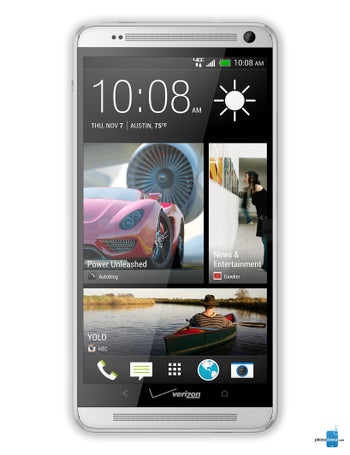
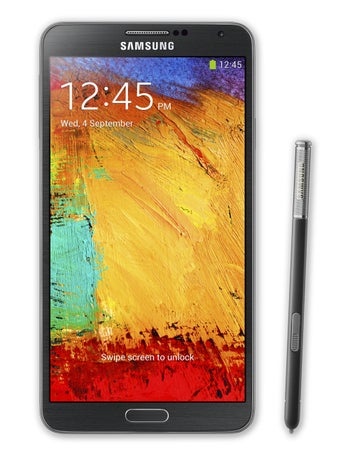
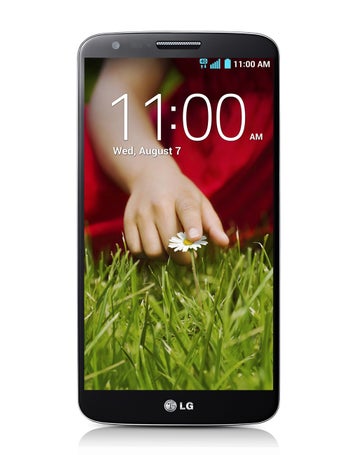



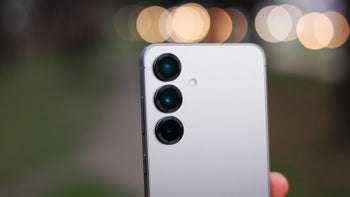
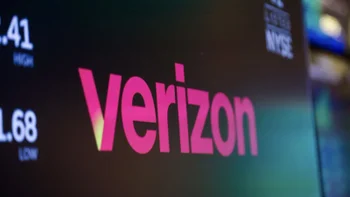
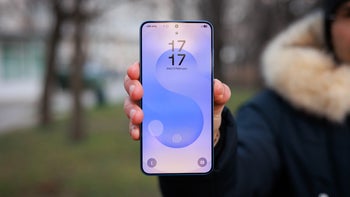


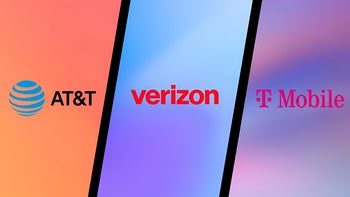
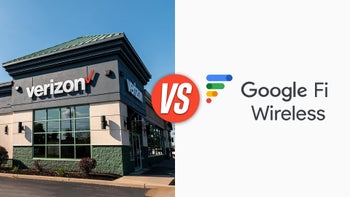
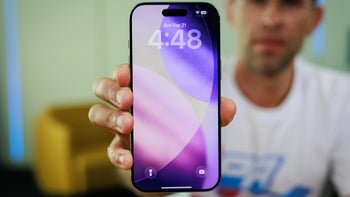
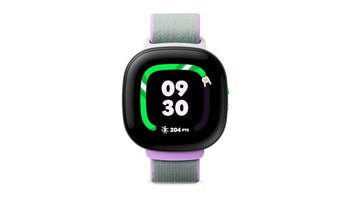
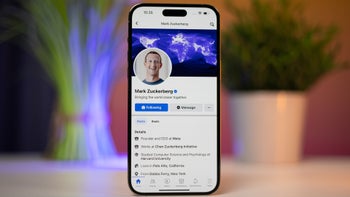
Things that are NOT allowed:
To help keep our community safe and free from spam, we apply temporary limits to newly created accounts: